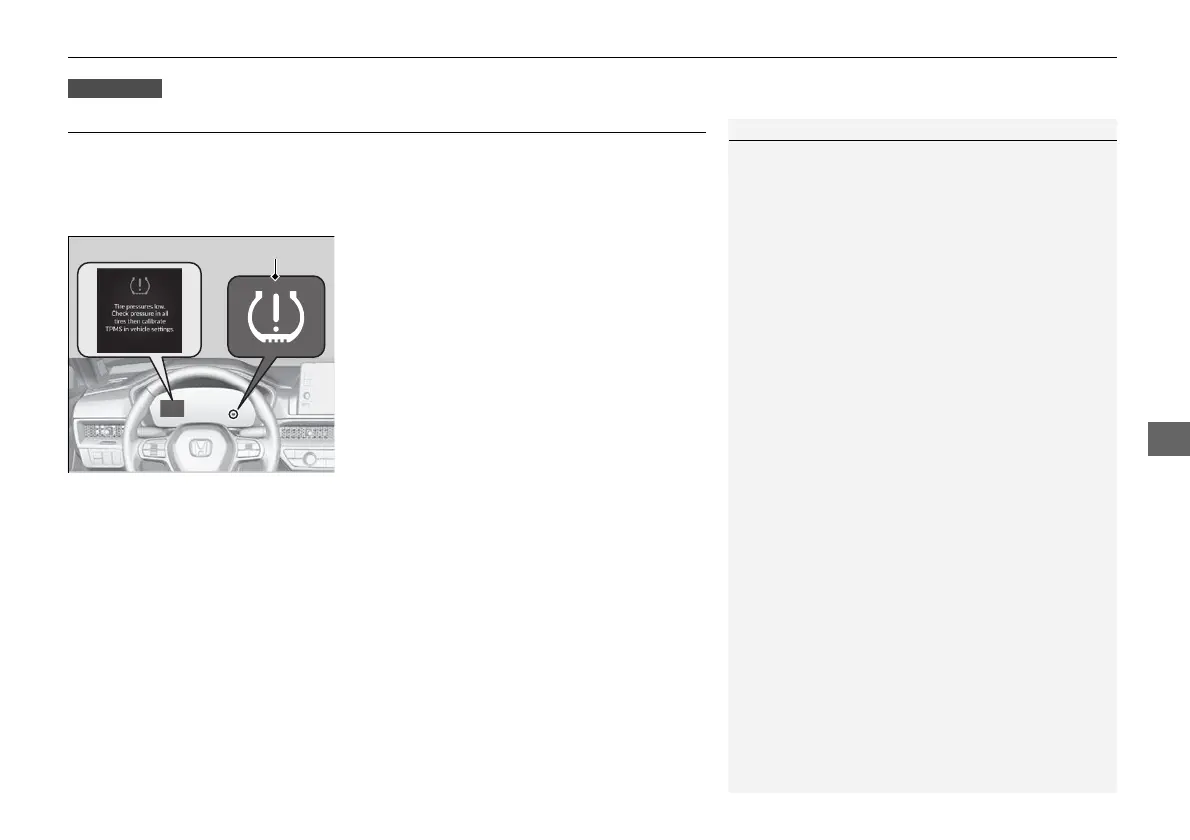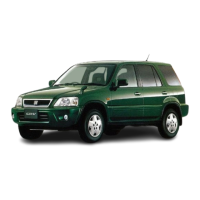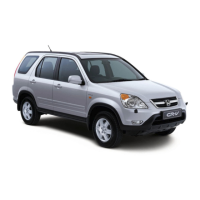significantly under-inflated.
on the gauge.
1Tire Pressure Monitoring System (TPMS)
The system does not monitor the tires when driving
at low speed.
Conditions such as low ambient temperature and
altitude change directly affect tire pressure and can
trigger the low tire pressure/TPMS indicator to come on.
Tire pressure checked and inflated in:
• Warm weather can become under-inflated in
colder weather.
• Cold weather can become overinflated in warmer
weather.
The low tire pressure/TPMS indicator will not come
on as a result of overinflation.
The TPMS may not function properly if tire type and
size are mixed. Make sure to use the same size and
type of tire.
2 Checking and Maintaining Tires P. 607
The low tire pressure/TPMS indicator may come on
with a delay or may not come on at all when:
• You rapidly accelerate, decelerate, or turn the
steering wheel.
• You drive on snowy or slippery roads.
• Tire chains are used.
The low tire pressure/TPMS indicator may come on
under the following conditions:
• A compact spare tire
*
is used.
• There is a heavier and uneven load on the tires,
such as when towing a trailer, than the condition at
calibration.
• Tire chains are used.

